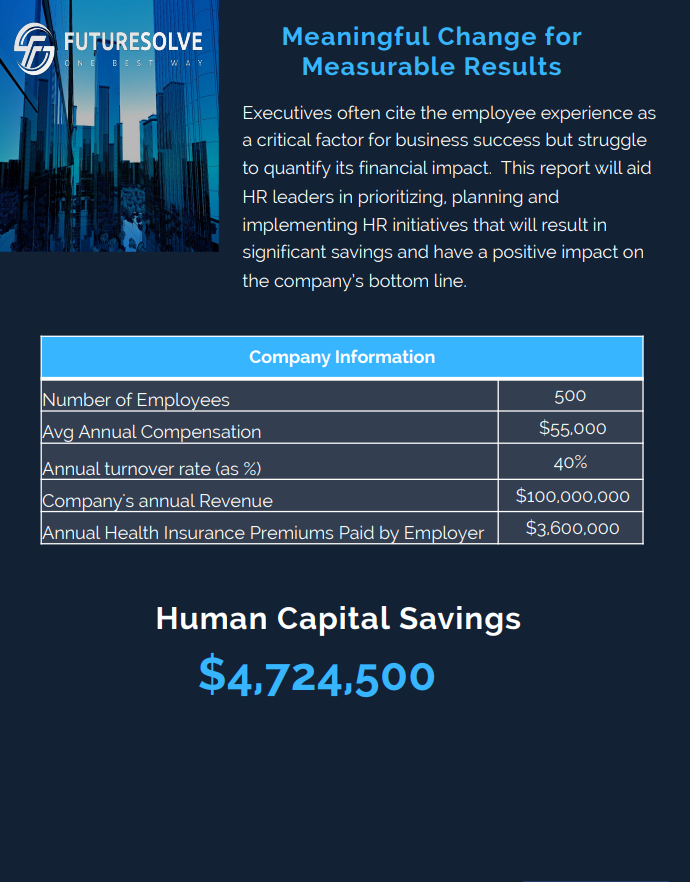It is highly contradictory to regard career mobility as the key component as far as retaining talent employees is concerned. However, after all, we will prepare the talent for the next opportunity. Career mobility can serve as the secret weapon in your overall struggle to retain talent. Let us help you understand the meaning and importance of career mobility for career development.
What is Career Mobility?
Career mobility is described as the movement of an organization’s employees. It could be a new job opportunity (either downward or upward) or a complete change in the overall occupation. Career mobility is regarded as ultimate choice of the employer, the employee, or both.
Generally, career mobility is observed as a way to move into dedicated positions with improved benefits, better salaries, and much more. Typically, career mobility is regarded as the external process -the employee will move up out to move ahead in career. However, does it happen that way?
With career advancement, the only affirmative way is to move up. If your organization does not have any upward opportunities, the term ‘up’ is mostly accompanied by the term ‘out.’ With internal mobility or opportunity mobility, employees can look forward to expanding their overall focus on additional career opportunities. By providing opportunities internally for talent employees to grow, you will improve the overall retention naturally.
Why is Career Mobility Important?
If you are involved in the Human Resources department, or if you have had a turnover during the last year, then you are aware of the importance of career mobility. There is major talent shortage in the world right now -especially in technology-centric fields. Skilled workers who are underpaid, restless, or unsatisfied, will face no lack of major opportunities. Organizations that struggle to recruit talent will satisfactorily deliver access to green employment opportunities.
The shortage of talent is not a matter of perception. Research reveals that over half of HR professionals struggle to full open roles. Talent shortages in the international market have tripled in more than a decade. A significant 69 percent of employers continue struggling to fill up full-time positions.
If you are capable of offering ways to ensure that your employees are challenged and engaged, you will be far better off -both in the short and long run.
Some of the aspects in which career mobility is important are:
#Employee Retention
Like with any large-scale initiatives affecting your organization, the career mobility strategy of your organization starts with the leadership team. They are expected to liaise with Human Resources on the mobility program with the respective goal -ultimately leading to improved employee retention and reduced worker churn.
Once your mobility initiative is underway significantly while being successful in helping retain top performers, you can leverage the information to attract both active and passive talent in the marketplace.
#Reduction of Stagnation
Inner mobility cannot be regarded as the way to pass underperforming staff to other organizational departments. However, if upward career growth is not available, employee engagement at different levels will start suffering.
As you provide internal talent with the opportunity to garner new skills while working with different units, they can continue regaining their momentum. This will put them back on the path to serve as high performers for the company.
#Streamlined Onboarding Process
When you move existing employees to a new slot, it turns out to be far more efficient than recruiting new ones from an outside environment. You can bring the employees up to accelerate their new roles efficiently and quickly. It also available at a minimal cost to the entire unit.
#Increased Employee Adaptability
Being adaptable in the workplace is significant for several reasons. Employers tend to value employees who are successfully capable of managing changes in the workplace. Additionally, the more adaptable you tend to be, the more productivity your entire department will be. It is significant because being able to handle change easily will free up the total time you might spend normally getting stressed out whenever a new challenge will come up.
Being adaptable is also significant as it reveals your overall ability to serve as resourceful while displaying your leadership skills, analytical skills, leadership skills, and so more. These are crucial qualities that an employer will look for in any employee.
How to Start Working Towards Career Mobility?
Now that you are convinced about the overall benefits of career mobility for your entire organization, you can look forward to embracing internal mobility in the form of a development and retention tool. With the right method, an internal employee marketplace can serve as your secret weapon in employee development, retention, and the overall organizational performance. Here are some more ways to move towards career mobility:
#Develop a Career Mobility Procedure or Policy
You can look forward to gathering insights together and writing the same up. However, you should not be carried away with correcting the policy. On the other hand, you should aim at using it as a guideline to be started with development. Analyze the specific procedures, policies, and parameters you can use for internal mobility.
#Transfer to a Dedicated Mobility Program
Select a small group of classes featuring internal candidates to try out your career mobility instances. Create a dedicated action plan of how your employees will be transitioning out of the current positions. Ask them about relevant inputs on how their career paths should look like.
#Analyze, Revise, and Repeat
Listen to the feedback of your employees, the HR leaders, and their supervisors. This will help in ensuring that the future internal mobility of candidates will serve to be a smooth and rewarding process.
Conclusion
In the modern world wherein talent is quite fierce, leveraging the leading employees you have, and concentrating on the future prospective of candidates, will help both the organization and recruiting teams adapt to the respective demands.





























